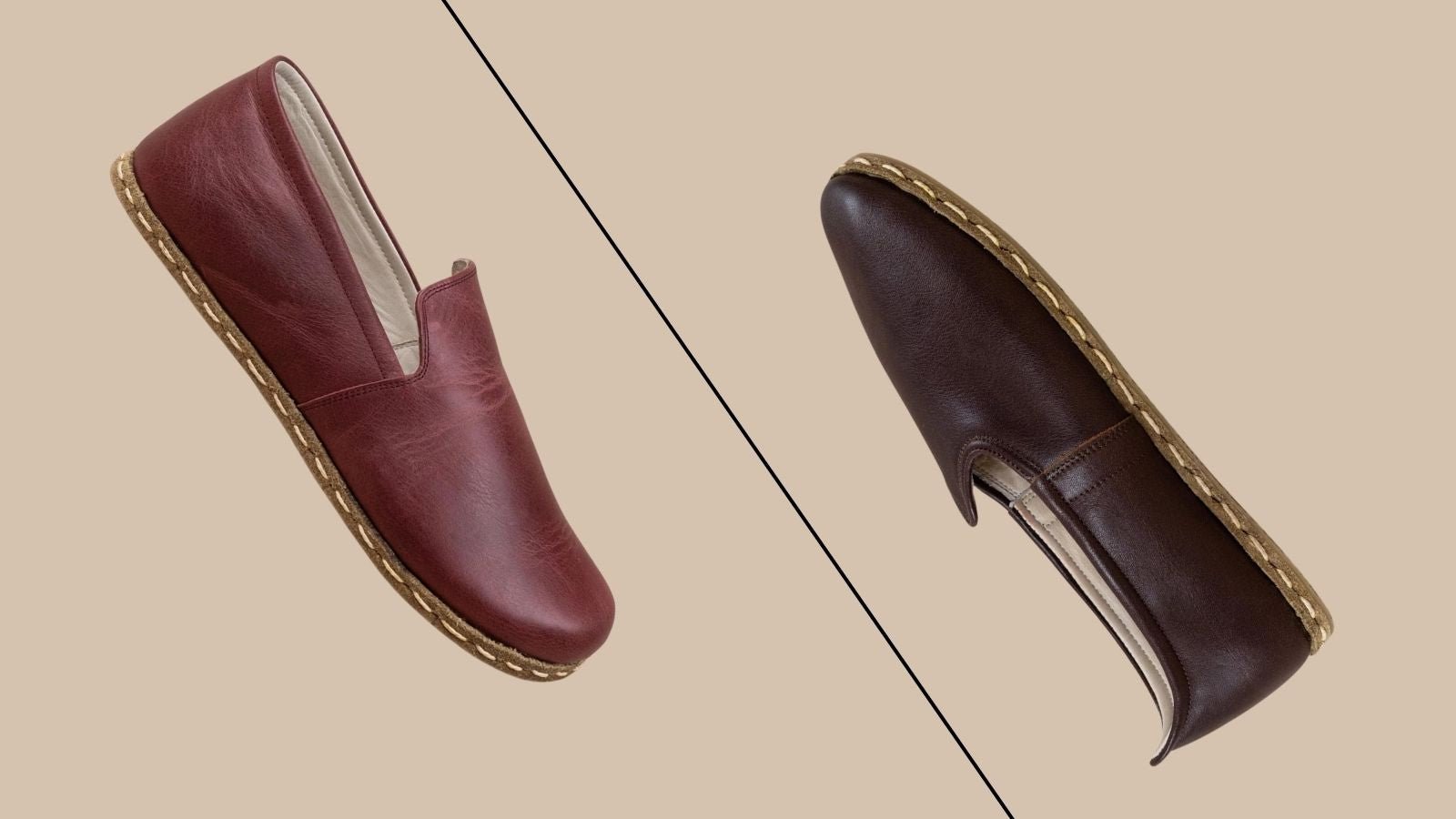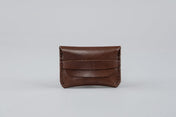Loafers and slip-ons may appear to be the same, but they are not. Though loafers are classified as slip-ons, they differ in fit, fabric, and style. To put it simply, every loafer is a slip-on, but not every slip-on is a loafer. There are times when wearing the appropriate footwear can make all the difference. But first, let's distinguish loafers from slip-ons so you don't miss out on any opportunities to look your best.
Loafers are the most popular type of footwear due to their simple yet elegant appearance. It gives your dress a more defined appearance. The best part is that loafers allow you to be creative with your outfit.
Slip-on shoes are typically lace-free and require only sliding your feet into them. There is no need to tie laces or hooks. You're ready to go once your feet are in the shoe.
Loafers and slip-ons are nearly identical footwear styles with similar characteristics. As a result, it is not surprising that they are difficult to distinguish. Loafers are one of several types or designs of slips-on shoes. As a result, while all loafers are slip-on, not all slip-on are loafers. This is the first point to mention about the two types of footwear in terms of categorization and naming. Several other points and features, however, distinguish loafers from other slip-on types. Before delving into these features, it's important to understand how to differentiate between the two types of footwear.
- Occasion
Loafers are more appropriate for a refined appearance. They are appropriate for formal events such as office meetings or job interviews. You can even wear them to semi formal and casual events like weddings and get togethers. Slip-ons, on the other hand, give the outfit a more casual look and feel. You should wear them in casual settings where the mood is light and informal. For added comfort and flexibility, wear slip-ons on road trips or treks.
- Heel
Loafers are typically worn with short heels. The purpose of loafer heels is to give you an erect and elegant posture. They also make you appear taller. Slip-ons, on the other hand, usually do not have a heel. They are best suited for events with a relaxed and informal atmosphere.
- Fabric
Loafers are well-known for their leather construction. As a result, they are generally harder than other slip-on shoes, which are softer and have more room for the foot. Loafers have a more refined appearance than other slip-on variants due to this distinguishing feature. Slip-ons, like loafers, can be made of leather because they are not restricted to a single fabric.
- Lace
Lace less shoes have a minimalistic feel to them and can be worn with any outfit. Because loafers are only slip-ons, it is safe to assume that neither has laces because their primary purpose is for you to slip into them without the hassle of tying lace knots. Having said that, it is worth noting that some slip-ons do have laces on occasion.
- Sock
It is entirely up to you whether or not to wear socks with your shoes. They are especially useful for loafers, which are a little harder to clean. Socks also absorb sweat, which helps to keep odors away from your shoes. If you want a more formal look, you can wear your leather loafers without socks, or you can wear ankle socks if you want a more casual look. Wearing funky statement socks with slip-ons for casual outings, on the other hand, can give your look that extra edge.
- Design
Both loafers and slip-ons are available in a variety of styles. Loafers can have a flat surface, tassels, perforations, or chains. Slip-ons can have additional variations and even funkier designs, embroideries, and colors depending on the occasion.




